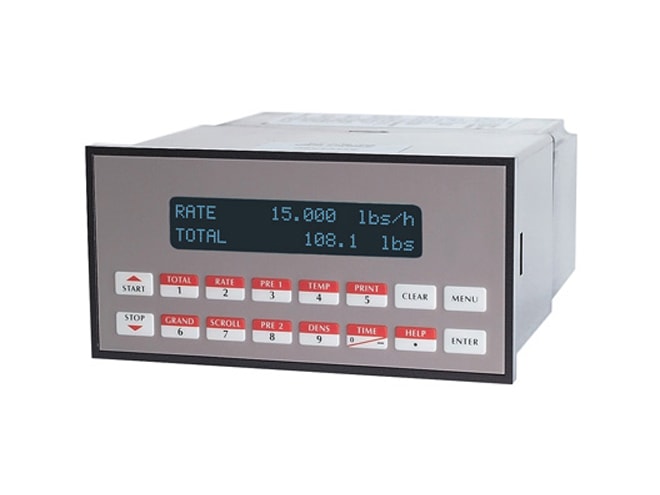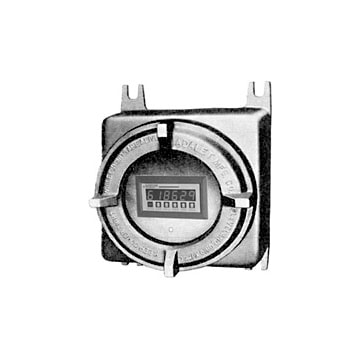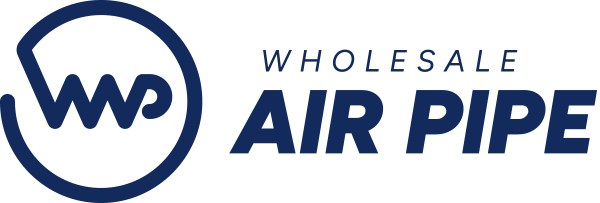KEP ES-747 SUPERtrol-I Flow Computer
Flow computer designed for pulse producing flow meters in liquid and gas applications.

Overview
Features
- Supports pulse producing flow meters
- Rate/total and batching functions
- Universal viscosity curve (UVC) and Strouhal/ Roshko advanced linearization methods
- Gas & liquid flow equations (volume, mass, corrected volume) API 2540, AGA-7 equations
- 10 selectable fluid tables
- Advanced batching features: overrun compensation, print end of batch
- Menu selectable hardware & software features
- Data logging
- Twoline LCD or VFD display
- Isolated pulse and analog outputs
- Standard RS-232 port standard, RS-485 optional
- Windows setup software DDE server & HMI software
Description
The KEP ES-747 SUPERtrol-I flow computer satisfies the instrument requirements for pulse producing flowmeters in liquid and gas applications. Multiple flow equations, instrument functions, and other advanced features are available in the ES-747 SUPERtrol-I.
The alphanumeric display of the KEP ES-747 SUPERtrol-I flow computer shows measured and calculated parameters in easy to understand format. Single key direct access to measurements and display scrolling is supported. The versatility of the ES-747 permits a wide measure of versatility within the instrument package.
The KEP ES-747 SUPERtrol-I flow computer's various hardware inputs and outputs can be "soft" assigned to meet a variety of common application needs. The user "soft selects" the usage of each input/output while configuring the instrument. The isolated analog output can be chosen to follow volume flow, corrected volume flow, mass flow, temperature, pressure or density by means of a menu selection. Most hardware features are assignable by this method.
The user can assign the standard RS-232 Serial Port for data recording, transaction printing, or for connection to a computer. Front panel selection of fluid type is supported. Linearization options include UVC, Strouhal/Roshko and 40 point linearization tables. A service or test mode is provided to assist the user during start-up system check out by monitoring inputs and exercising outputs and printing system setup.
Documents
Need Help? Call a Flow engineer at 1-800-884-4967
We're open Mo-Th 8am to 5:30pm. Fr 8am to 5pm ET




















